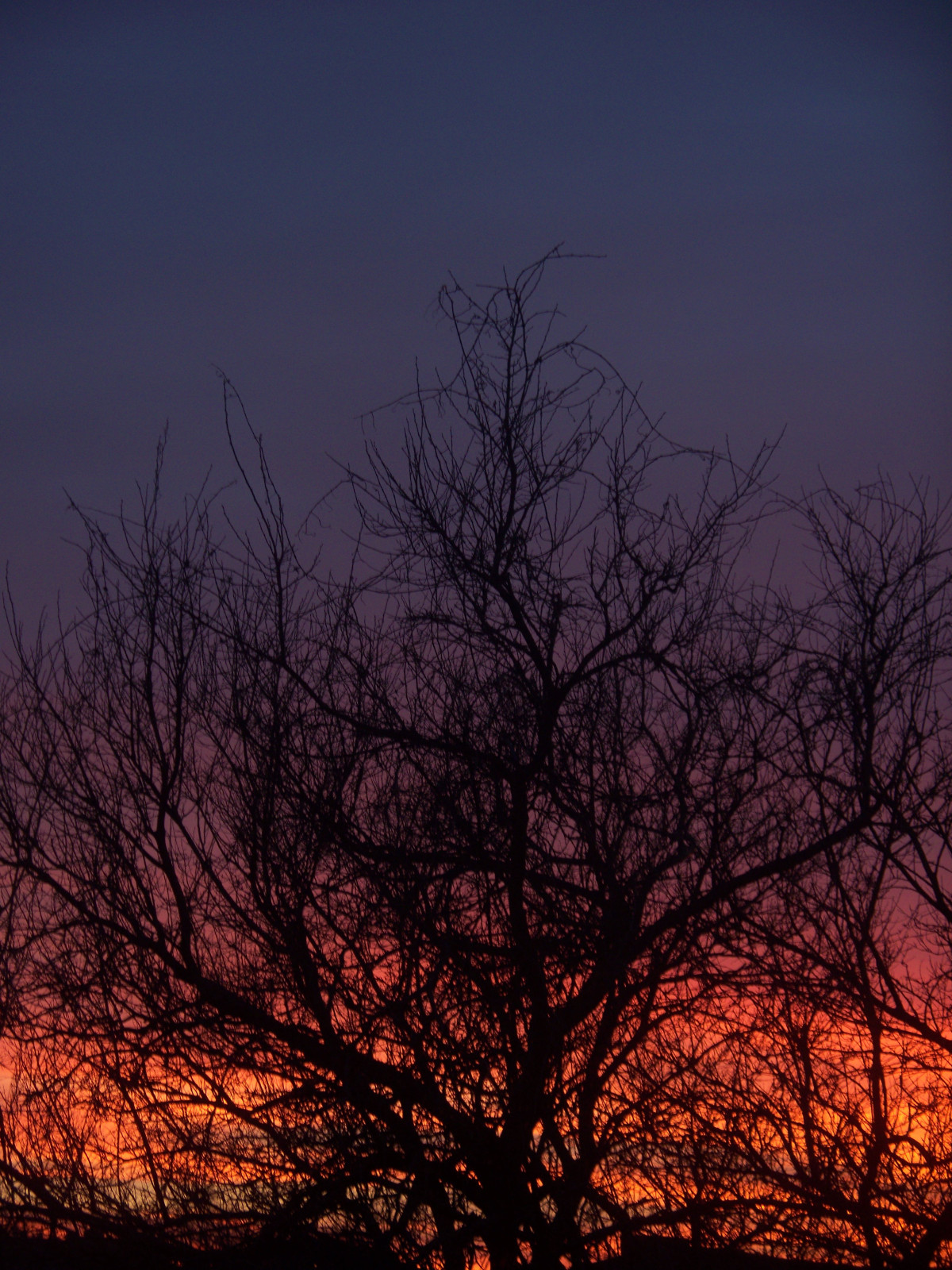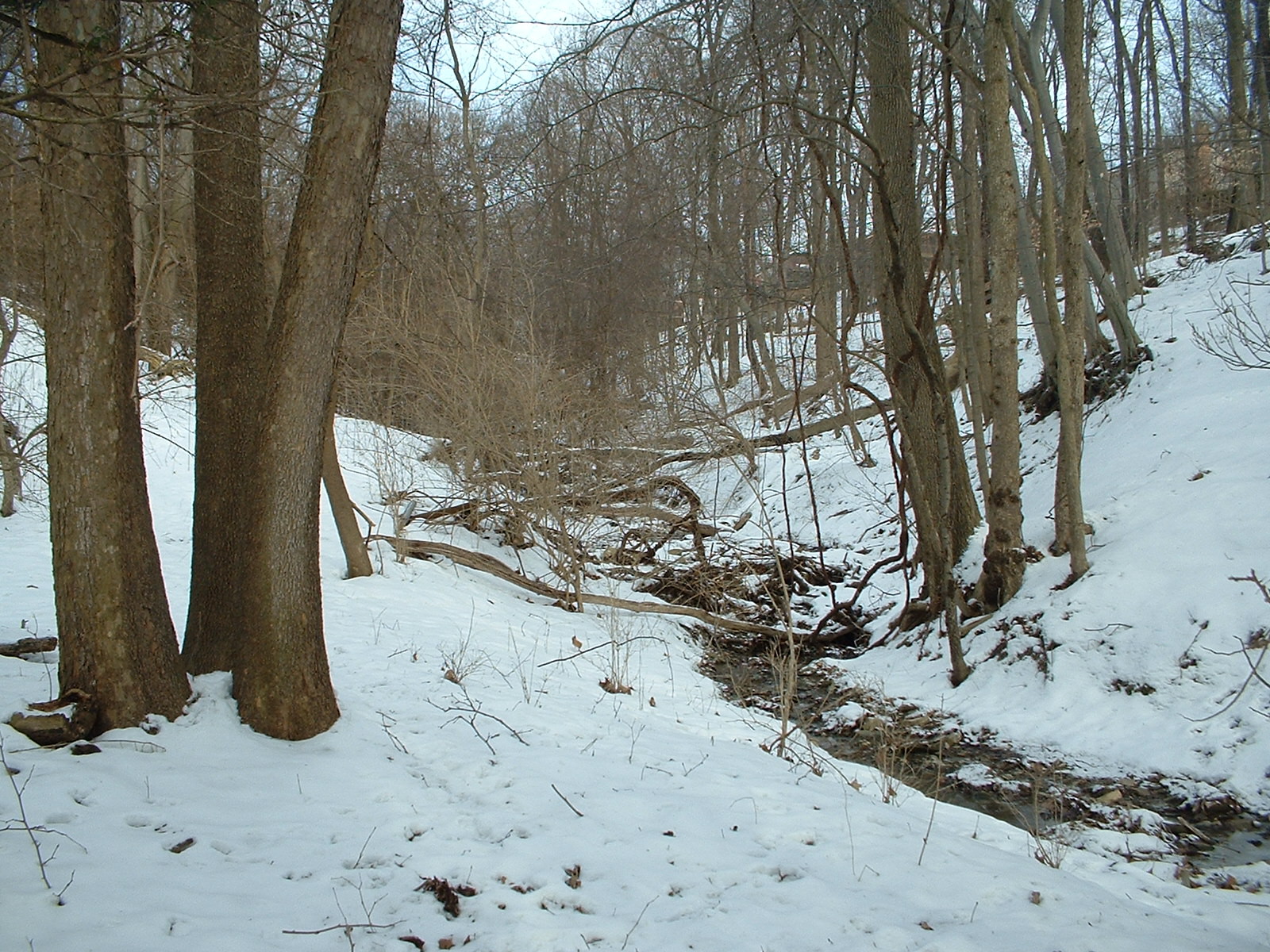The Carnegie Science Center, seen from Allegheny Station.
-
Allegheny Station

Two rush-hour two-car trains wait at the Allegheny station, which is the end of the Red and Blue Lines until somebody gets to work on the next extension toward the airport.
Camera: Kodak EasyShare Z1485 IS.

-
Ice in a Stream
Ice forms on the surface of Father Pitt’s favorite little stream in Mount Lebanon, but the water continues to flow underneath. Old Pa Pitt visited this little stream yet again with his oldest digital camera to prove to himself that a thirteen-year-old brick could still take a decent picture. It can. It is a bit amusing to think of a thirteen-year-old camera as “old,” since old Pa Pitt seldom used a film camera that was younger than thirty years old, and often used cameras approaching their century mark. But in digital photography, thirteen years takes us back to the Neolithic Age.
Camera: Fujifilm FinePix 2650.
-
Falling Snow
Nothing happens in this video. It is six minutes of snow silently falling against restful woodland backdrops. Think of it as a slide show with moving pictures.
Camera: Kodak EasyShare Z1485 IS.
-
Wall of Ice
Banksville Plaza is cut into a rocky hill, creating a sheer cliff face behind the shopping center. In the winter, ice coats the cliff face, creating this fascinating vertical landscape.
 Camera: Konica Minolta DiMAGE Z3.
Camera: Konica Minolta DiMAGE Z3. -
The Parklane

This 22-story International-style apartment block looms over Highland Park, a mostly residential neighborhood with no other tall buildings. It is a fine place to live, according to residents: it is well maintained, and it has glorious views unobstructed by the looming bulk of the Parklane, which dominates most other views in the area.
Addendum: The architect was Tasso Katselas.
Camera: Konica Minolta DiMAGE Z3.












